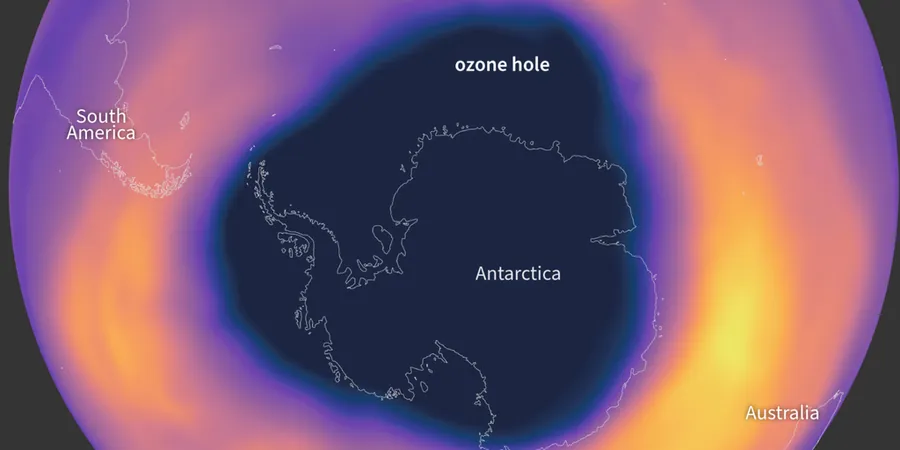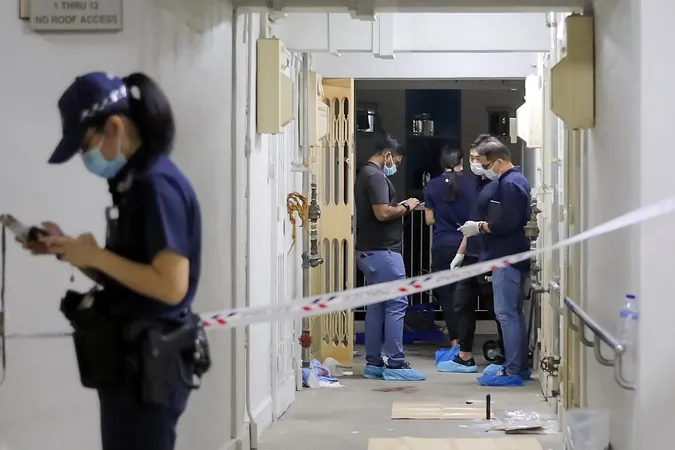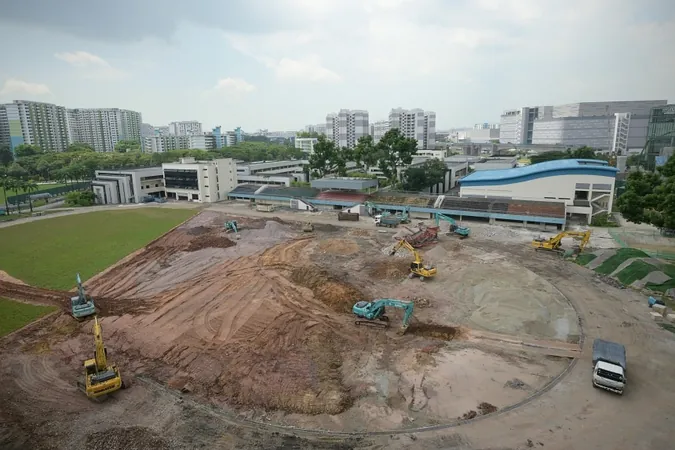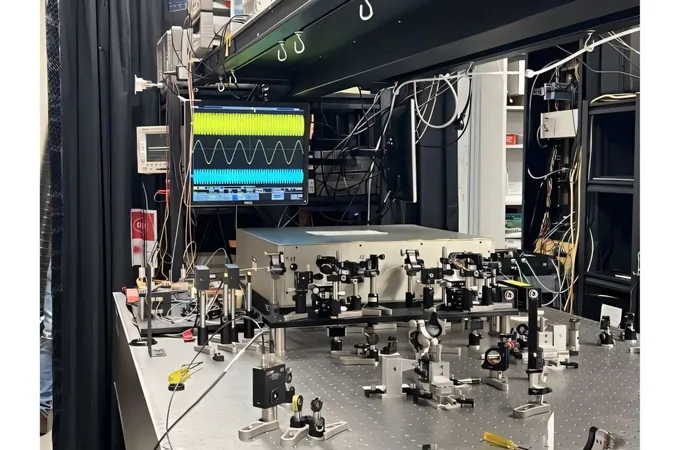
Breakthrough News: Ozone Layer Over Antarctica on Track for Full Recovery by 2066!
2024-11-02
Author: Rajesh
Scientists Unveil Exciting News
Scientists are unveiling exciting news about the ozone layer above Antarctica, suggesting that recovery could be achieved by 2066 if current positive trends continue. According to the National Oceanic and Atmospheric Administration (NOAA), recent data shows that the layer's depletion has diminished significantly, marking the seventh smallest hole observed since monitoring began in 1992.
Current State of the Ozone Hole
Despite still being considerably large—approximately three times the size of the continental United States—the recent findings indicate a continuous decline in the size of the ozone hole. As Paul Newman, a prominent member of NASA’s ozone research team, reported, 'The 2024 Antarctic hole is smaller than those seen in the early 2000s,' highlighting the success of global initiatives aimed at reducing ozone-depleting substances.
Key Contributors to Improvement
One of the key contributors to this improvement has been the substantial decrease in chlorofluorocarbons (CFCs), harmful chemical compounds previously used in refrigeration, aerosol propellants, and various industrial applications. Since the late 1980s, countries worldwide have come together to phase out these substances under international agreements, resulting in more than a 90% decline from peak levels.
Ongoing Challenges
Stephen Montzka, a scientist at NOAA's Global Monitoring Laboratory, emphasizes the ongoing challenges, stating, 'In 2024, the severity of the ozone hole remains below average compared to the past three decades, but we are still far from complete recovery.'
Monitoring Progress
Measurements taken by NOAA research include weather balloons tracking the ozone levels in Dobson Units—a standardized method for assessing atmospheric ozone. The lowest recorded value over the South Pole, which was a dismal 92 Dobson Units in October 2006, has now seen improvement with a 2024 figure of 109 Dobson Units. However, this still falls short of the 225 Dobson Units typical in 1979, before the widespread use of CFCs.
Cautious Optimism
As the world continues to watch the ozone layer's progress, there is cautious optimism for its full recovery in the decades to come. NOAA and NASA scientists are working diligently to monitor changes, and their analysis indicates that, if current patterns persist, we could witness the ozone layer's restoration by 2066.
A Success Story Worth Celebrating
This incredible journey toward healing the Earth’s protective barrier serves as a powerful reminder of the impact of collective action against environmental degradation—a success story worth celebrating! Stay tuned for more updates on this crucial environmental issue that affects us all!




 Brasil (PT)
Brasil (PT)
 Canada (EN)
Canada (EN)
 Chile (ES)
Chile (ES)
 España (ES)
España (ES)
 France (FR)
France (FR)
 Hong Kong (EN)
Hong Kong (EN)
 Italia (IT)
Italia (IT)
 日本 (JA)
日本 (JA)
 Magyarország (HU)
Magyarország (HU)
 Norge (NO)
Norge (NO)
 Polska (PL)
Polska (PL)
 Schweiz (DE)
Schweiz (DE)
 Singapore (EN)
Singapore (EN)
 Sverige (SV)
Sverige (SV)
 Suomi (FI)
Suomi (FI)
 Türkiye (TR)
Türkiye (TR)